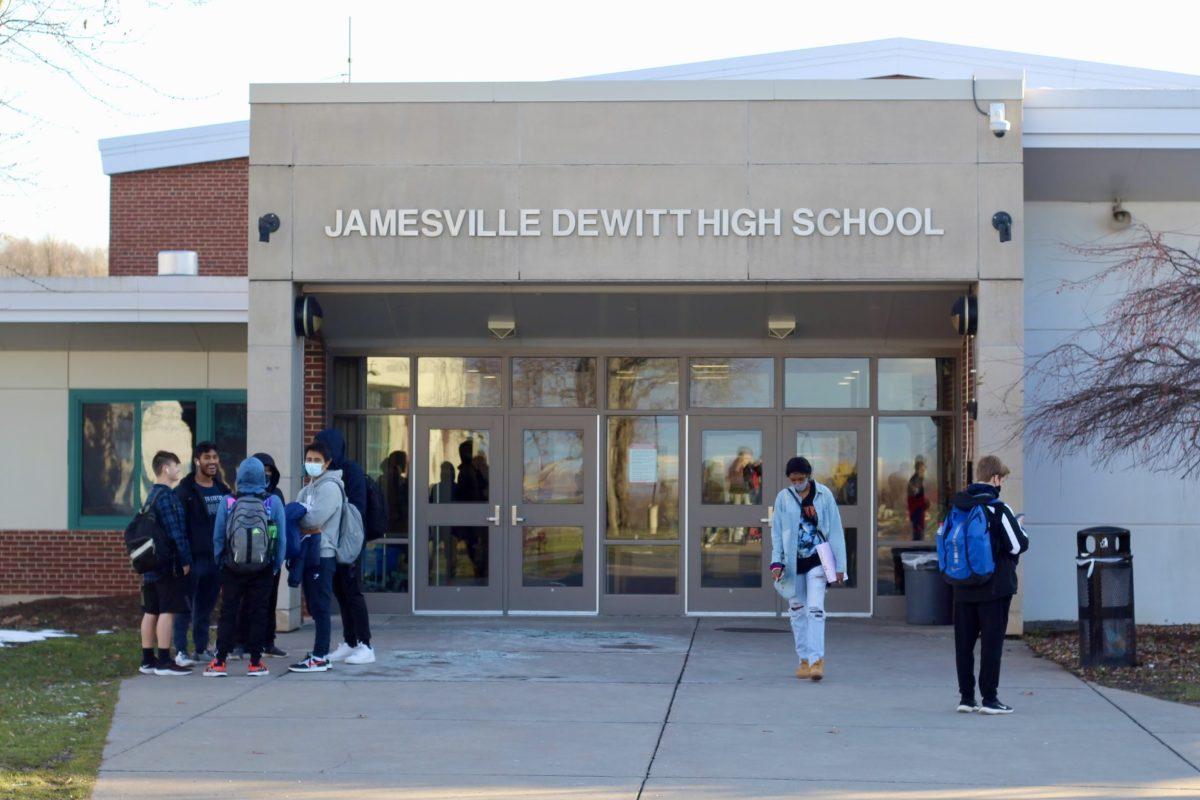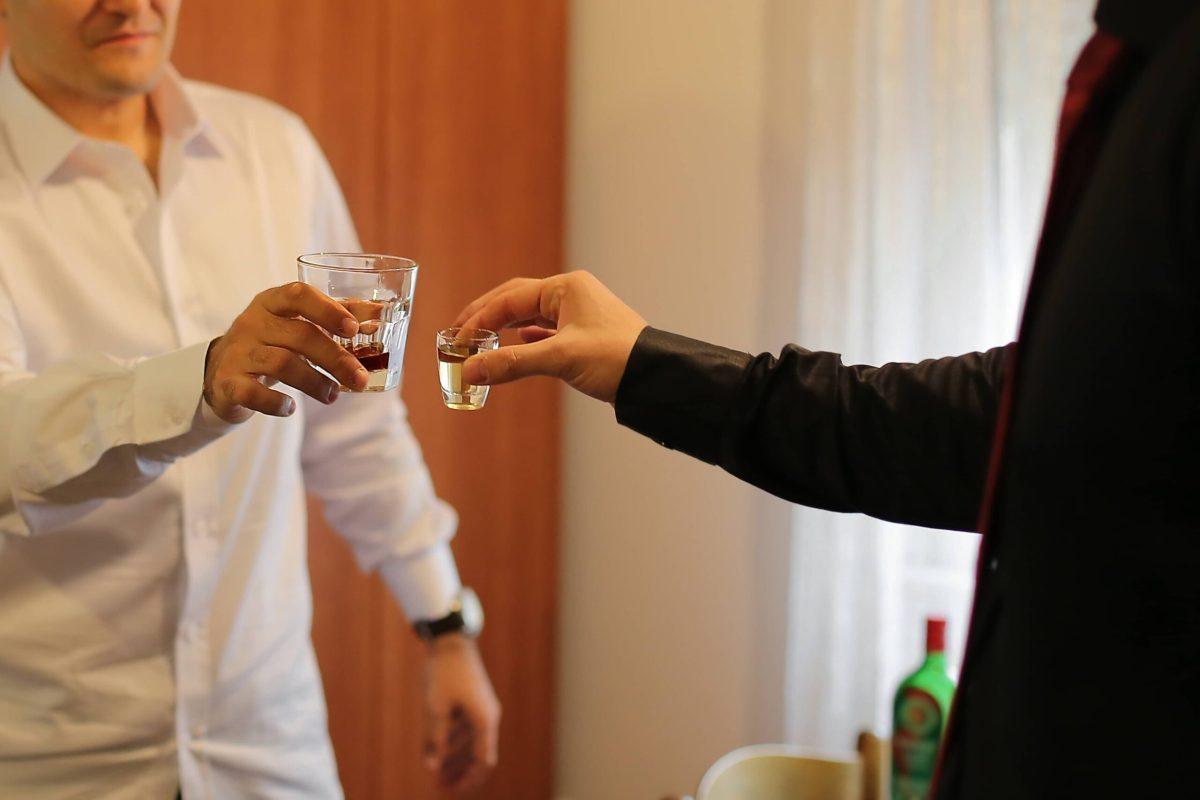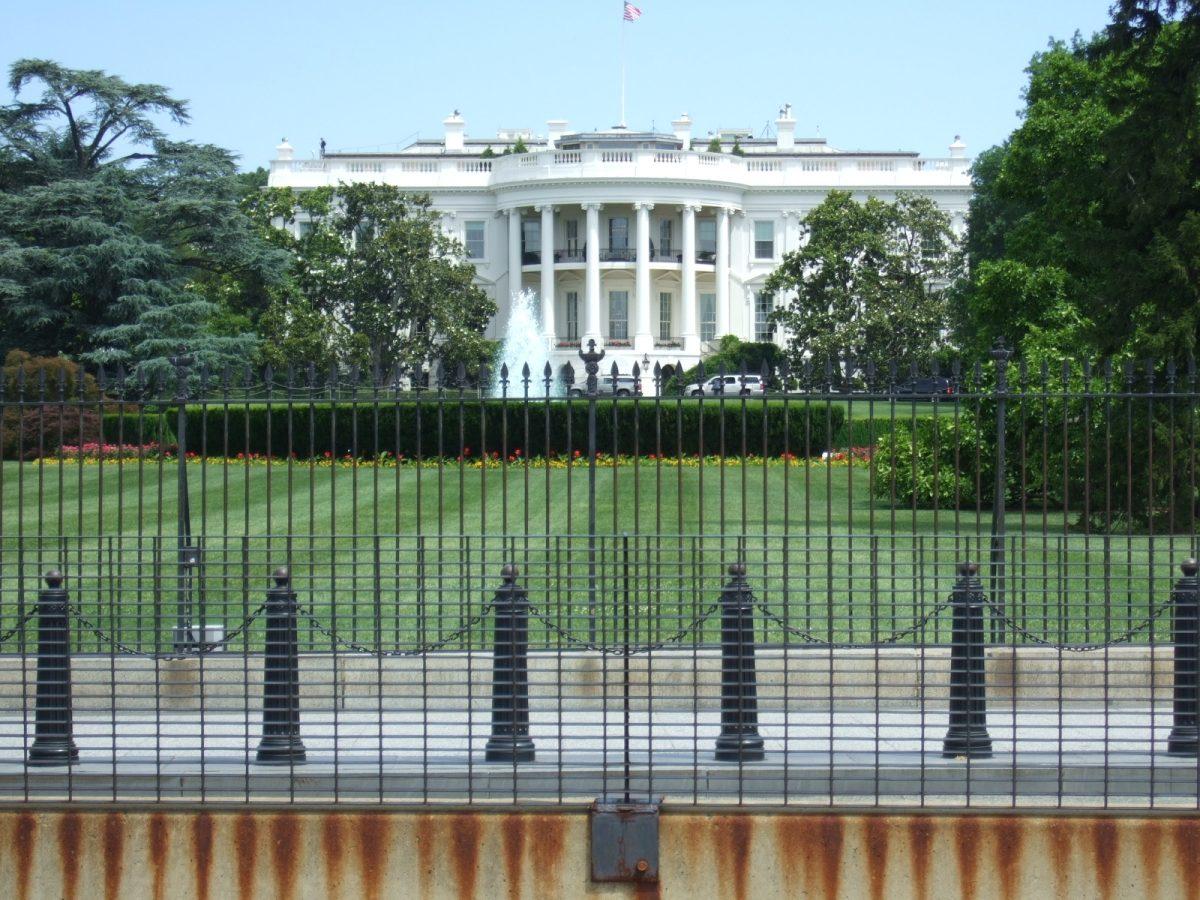Within the past month, every student in the J-D School District has taken the Behavior Intervention Monitoring Assessment System (BIMAS) survey. The 40-question survey developed by three school psychology professors is intended for use as a mental health screening and progress monitoring tool for students’ mental health. Each question focuses on a behavioral, social, emotional, or academic aspect of a student’s life. Students are asked to respond to each question with the frequency at which they have engaged in the activity within the last seven days. But there is no way to verify the accuracy of students’ responses.
While students take the BIMAS, their counselor gets notified if one of their students indicates a positive response to question 24, which focuses on self-harm. “If self-harm is indicated [at any time] other than never — anybody that puts anything above a never on that question — we have a conversation,” says counselor Will Hartley.
Unfortunately, roughly four out of five J-DHS students report that they would not feel comfortable answering that question honestly if they were considering self-harm. Senior Chris Donaghue remarked, ”If I need to tell someone I’m struggling I’ll find somebody I trust. I’m not going to do it through a school survey. If I’m not telling my friends or family, I’m definitely not telling the school.”
The truth is that J-D students are nervous that they will be singled out by their counselors and administrators, people who they often do not know or trust very well. This is not an effective solution to gauge students’ mental health needs. Senior Connie Zhang stated, “I don’t know who’s reading my responses. I’d much rather go talk to my counselor about anything rather than fill out a questionnaire for an unknown group of people to see or evaluate.”
If a student indicates any consideration of self-harm on question 24, their counselor notifies their parents. Students are not made aware prior to taking the survey that this may occur. This creates a culture in which students mistrust the motives of the counseling staff, which is not bound by the Privacy Rule of the Health Insurance Portability and Accountability Act (HIPAA).
Interventions based on responses vary by school and grade level. J-D Director of Pupil Personnel Services Tracey Menapace notes, “For some students, they may decide – for example, [a student is] having some difficulty making friends – [the administration will] formulate a small lunch bunch group. Kids might get a higher level of support – more individualized. The buildings are then looking at the data after every administration, and then seeing what the needs of the kids are.”
“I think the con to [the BIMAS] is that people tend to focus very heavily on just that one question instead of the overall broad picture of the whole child,” remarks Menapace. The age-specific interventions she referred to may help administrators take a more holistic approach to reviewing BIMAS responses.
Further, students are not informed that they are allowed to opt out of taking the BIMAS. “I believe that people should be aware [that they can opt out]. I thought they were,” says Hartley.
Senior Gabe Collins noted, “If I was struggling mentally and hadn’t already tried to find help, then I wouldn’t want the counseling staff and my parents to know about it. Maybe I’m not ready to talk about it.” If students do not feel comfortable answering the BIMAS honestly, the district is missing students who may be considering self-harm.
Regarding student apprehension to answer honestly, Hartley expresses that counselors talk with students before notifying their parents, and that parents are only notified if the counselors determine there is a possibility of self-harm. “I think after a certain point, if there’s a genuine concern that [a student] might be unsafe, then I would say that there could be a call home.”
A key issue is that when students do not answer BIMAS questions honestly, some may slip through the cracks and go unnoticed by the district. Menapace says, “We’ve had situations where a kid will not indicate any level of self-harm, but then we’ll be talking to one of their friends because they may have indicated something, and they will let us know that [their friend is considering self-harm] in a conversation. That’s a tricky situation [in which] we will circle back around and say, ‘Hey, we just want to do a check-in on you.’ I think also, [there have] certainly been students that we’re surprised about. But I think, too, that the whole relationship piece with our teachers and our social workers and counselors – if a kid comes in with no indication on [the self-harm question], they’re questioning a little bit – [the counselors will] circle back with them later in the week just to check in. I think there’s a lot of checking in. It’s not a completely 100% foolproof system, but the relationship piece is huge. We help kids get to the point where they feel comfortable and safe letting us know that they need some help.”
The results of the BIMAS, a clearly mental health-oriented survey, are shared primarily with students’ guidance counselors. While they are great resources for students, guidance counselors are not mental health professionals. For students struggling with mental health, the first line of support should not be guidance counselors. According to the New York State Education Department Office of the Professions, the only licensed mental health practitioners in the state are Creative Arts Therapists, Marriage and Family Therapists, Mental Health Counselors, and Psychoanalysts. School guidance counselors may specialize in some areas of mental health, but they do not receive these state licenses to be considered mental health practitioners. Hartley, on the other hand, is a Licensed Clinical Social Worker, which qualifies him as a Psychoanalyst and therefore a mental health practitioner, according to the state.
Hartley says, “What do you consider a mental health professional? I think that’s a nebulous term that people don’t really [understand]. I don’t know what people consider mental health professionals. I know I’m a mental health professional. I would say the counselors are people who work in mental health and the maintenance of mental health, and they’re professionals. Our counseling team is myself, Mrs. Howe, and the school counselors. No one is getting into school counseling because they love making schedules. They’re going because they want to talk to kids about stuff. Kids will have conversations with less reluctance with school counselors than a lot of other people. I would say they are mental health professionals.”
The issue with this classification is that by definition, school counselors are not mental health professionals. They do not have the clinical hours required to be licensed as such in New York State, and they do not have the extensive training in theory and practice that Hartley does.
A possible alternative is to leave students’ BIMAS responses in the hands of J-DHS’s mental health clinic. According to Menapace, “Last year, we opened up a Helio Health mental health clinic at the middle school. We might make a referral to the clinic. The clinic then reaches out to the family, and they go from there. [The high school’s Helio Health clinic] is right across from the District Office. It used to be the old speech room. Mrs. Boone is here two and a half days a week. Kids can be seen by a private provider through Helio Health. They need consent permission from parents, of course. [The clinic is] made available because we have some students who are seeing a provider outside of school, but they might be struggling during the day, so now they may have switched to this provider.”
Currently, J-D pays EduMetrisis roughly $11,000 to administer the BIMAS to every student, not to mention the time investment by the counseling staff to review student responses. Outsourcing the evaluation to J-D’s in-house mental health facility could prove successful. At least it would be more transparent, and students would feel confident talking with real therapists who are bound by confidentiality. Of course, this could prove challenging since a similar clinic does not exist at J-D’s elementary schools.
“I think the students’ mental health and mental wellness is equally, if not more important than their academics. If you’re not in a good place and you’re not feeling healthy, it’s hard to learn and it becomes a massive safety issue,” says Menapace. The sad truth is that even with its flaws, J-D is still widely considered a good example of student-focused mental health initiatives. A Kaiser Family Foundation report found that just 66% of school districts provide referrals for mental health care outside of school, and only 34% provide outreach programs like the BIMAS.
The BIMAS, in itself, is not the problem with J-D’s approach to mental health care. The issue is that students do not trust the administration to provide for their mental health needs. Going forward, the district needs to ensure that students struggling with mental health issues can access free therapists through Helio Health. Students need to be able to build trust with mental health professionals and form ongoing relationships before they will be honest about things like self-harm. Until then, the BIMAS is merely a way for J-D to claim they’re doing everything they can to address students’ mental health.





































